
First published in the United Kingdom in 2004 by Batsford
10 Southcombe Street
London W14 0RA
An imprint of Anova Books Company Ltd
Copyright Neil McDonald
The moral right of the author has been asserted.
All rights reserved. No part of this publication may be reproduced, stored in a retrieval system, or transmitted in any form or by any means electronic, mechanical, photocopying, recording or otherwise, without the prior written permission of the copyright owner.
First eBook publication 2013
eBook ISBN: 9781849941068
Also available in paperback
Paperback ISBN: ISBN 9780713488944
This book can be ordered direct from the publisher at the website: www.anovabooks.com
Introduction
Chess is the art that expresses the science of logic.
Mikhail Botvinnik
When you sit down to play a game of chess you are in command of exactly the same eight pieces and eight pawns that Capablanca, Fischer and Kasparov have used to create masterpieces of grand strategy and tactical precision. Their pieces didnt have heightened powers nor more fertile soil on which to work their stratagems: just the same 64 squares, 32 white and 32 black.
The conclusion is obvious: there is a dynamic potential concealed in your pieces that could be released if only you had the right skill and insight. This book will help you acquire the necessary mastery by guiding you through thirty of the greatest games of the modern age.
Because every single move of every single game is annotated you get to see both sides of the picture. This is absolutely vital if you wish to understand what really happened. Take Game 23 for example. Karpov builds up his positional advantage, step by step, and wins: yes, the evidence is all there. But what was Kasparov doing in the meantime? Why did he let it happen to him?
Chess annotations, like history in general, are normally written from the winners point of view. The unrealized hopes and dreams of the loser are allowed to vanish forever. But this is to miss half of the story as a big part of chess success is based on restraint and prevention of the opponents plans. Therefore it is vital to consider what didnt happen as well as what did occur.
So what then is the key to mastering chess strategy? First of all, it cannot be an infallible formula or some other secret known only to great players, as otherwise Kasparov, Anand and Korchnoi wouldnt figure on the losing side of games in this book!
If you pressed me to name the three most important things that a chess strategy should provide, it would be a secure king, a sound pawn structure and an efficient co-ordination of the pieces. Inextricably linked with these is control of the centre squares d4, d5, e4 and e5. If a player has control of the centre it means his pieces are more active than his opponents, and this gives him the initiative the ability to attack.
As well as this psychological factors should be considered. There is an eternal dilemma when choosing a move: should you seek safety or adventure; play solidly or creatively; grasp a fleeting opportunity or remain in security? When there is no obvious right or wrong, the character of the player has a major impact on the decision taken. This can be for both good and bad as the games of even the greatest players are frequently won and lost by impulsive or inspired decisions. Sometimes the urge to win fills a player with fabulous creativity; at other times it overrides his capacity to find moves that suit the position rather than his irrational hopes and he suffers disaster.
Nevertheless, whatever your temperament and style, you cannot fail to improve your understanding and results if you familiarize yourself with the strategy and tactics of top class players.
I hope you enjoy playing through the games in this book, which have been chosen for their beauty as well as their instructional value.
Neil McDonald
Gravesend,
February 2004
How to read the moves in this book
It takes just a few minutes to learn algebraic notation and then you can play through any recorded game in a chess book or magazine. You can even write down your own masterpieces!
Every piece is given its own letter (or figurine): the rook is R ( ), the knight N (
), the knight N ( ), the bishop B (
), the bishop B ( ), the queen Q (
), the queen Q ( ) and the king K (
) and the king K ( ). By this logic, the letter for pawn should be P (
). By this logic, the letter for pawn should be P ( ) but in fact no shorthand is used for the pawn: if a move has no letter in front of it, you should just assume it is a pawn move. It certainly saves having to write down P or
) but in fact no shorthand is used for the pawn: if a move has no letter in front of it, you should just assume it is a pawn move. It certainly saves having to write down P or  a lot of times.
a lot of times.
As well as every piece, every square on the board has a unique name, which consists of a letter and a number.

The numbers rise from 1 to 8 as you go up the board counting from the starting position of the white pieces. The letters meanwhile go across the board left to right from a-h. So Whites rooks begin the game in the corner squares a1 and h1, Blacks rooks in the corner squares a8 and h8.
Thus the square e4 is where the number 4 rising up the board intersects with the letter e running across the board. It is on the fourth row up the board, and five rows from the left hand side of the board. Therefore the shorthand 1 e4 means that on his first move, White moves the pawn in front of his king two squares up the board, from e2 to e4; similarly 1e5 indicates that Black on his first move has moved the pawn in front of his king two squares forward, from e7 to e5. Then 2  f3 signifies that on the second move White moves his knight to the third row, from g1 to f3, and so on.
f3 signifies that on the second move White moves his knight to the third row, from g1 to f3, and so on.
Remember that the counting is from Whites starting side of the board: so the white queen begins the game on d1 and the black queen on d8.
Sometimes for the sake of clarity it is necessary to indicate the square the piece came from. Thus if White has knights on c3 and g1, which can both go to e2, it isnt enough to say White played  e2: you have to write
e2: you have to write  ge2 to indicate that Whites knight, which was on the g file, went to e2 (Or
ge2 to indicate that Whites knight, which was on the g file, went to e2 (Or  ce2 if he moved the other knight there).
ce2 if he moved the other knight there).
If a piece captures an enemy piece or pawn the sign x is used, for example  xe5 indicates the bishop captures whatever piece or pawn is on e5. If a move gives a check, the sign + is used; and castles kingside is indicated by 0-0, while castles queenside is 0-0-0.
xe5 indicates the bishop captures whatever piece or pawn is on e5. If a move gives a check, the sign + is used; and castles kingside is indicated by 0-0, while castles queenside is 0-0-0.

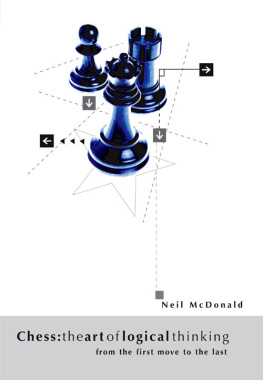
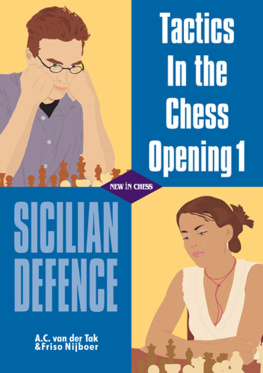

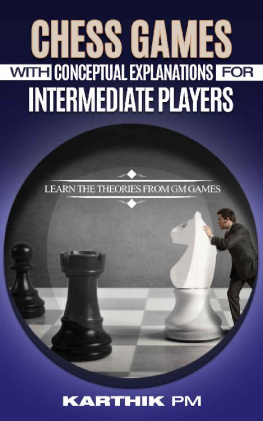
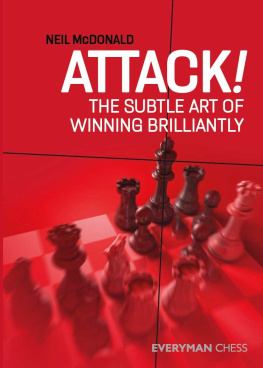
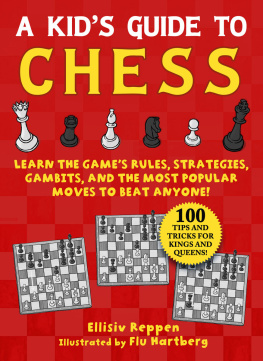
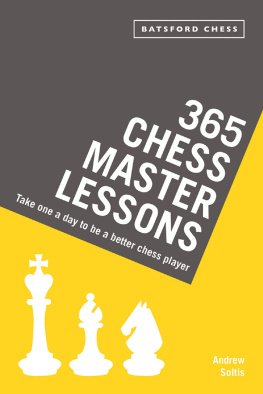


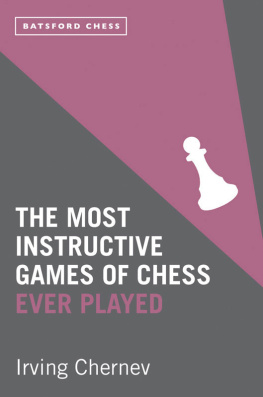
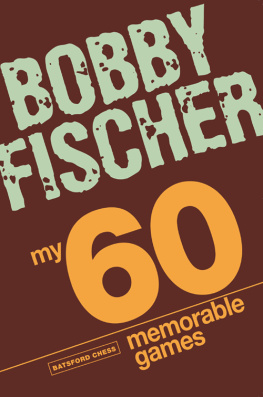
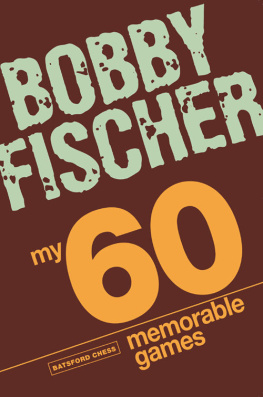


 ), the knight N (
), the knight N ( ), the bishop B (
), the bishop B ( ), the queen Q (
), the queen Q ( ) and the king K (
) and the king K ( ). By this logic, the letter for pawn should be P (
). By this logic, the letter for pawn should be P ( ) but in fact no shorthand is used for the pawn: if a move has no letter in front of it, you should just assume it is a pawn move. It certainly saves having to write down P or
) but in fact no shorthand is used for the pawn: if a move has no letter in front of it, you should just assume it is a pawn move. It certainly saves having to write down P or 